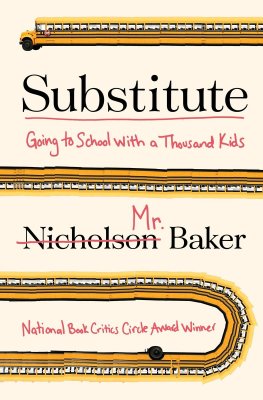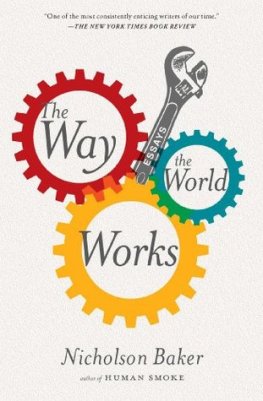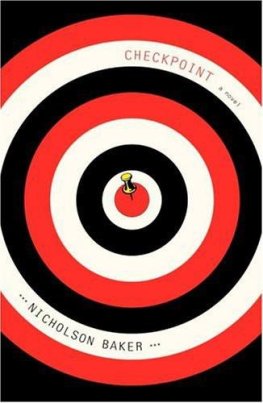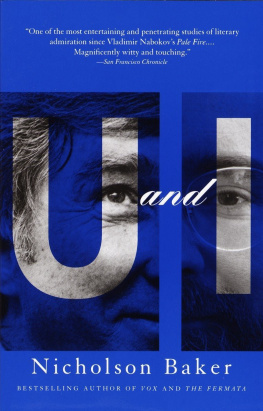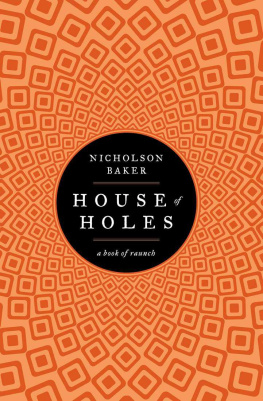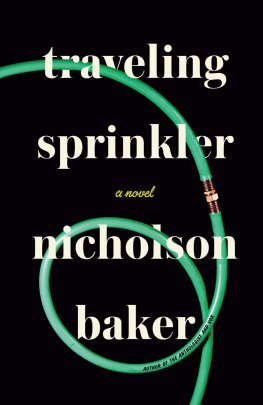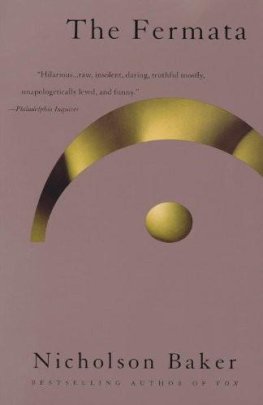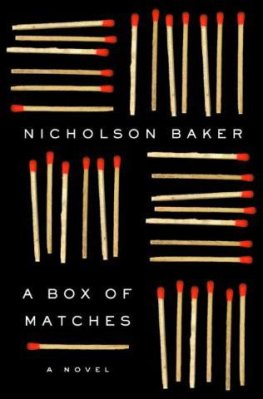CHAPTER 23
Burning Up
A t several points during their congressional testimony, Vartan Gregorian, Lynne Cheney, and others referred admiringly to a brand-new movie called Slow Fires. This documentary, conceived and commissioned by Warren Haas, paid for by money given to the Council on Library Resources from the Exxon and Mellon Foundations, with further infusions from the National Endowment for the Humanities and the Library of Congress, is the most successful piece of library propaganda ever created. Haas chose Terry Sanders, an Oscar-winning documentary filmmaker, to produce and direct; Haas had heard good things about Sanders on a visit to UCLA, and during their interview Sanders struck Haas as a person who was willing to listen. At the outset, Sanders was a blank slateBasically, its not a subject that I know the slightest bit about, Sanders told mebut he was, Haas recalls, a quick study. Sanders got Haas, Welsh, Sparks, and a few others to come up with a wish list of what they wanted the film to do and say, and he read the packets of material he was sent. He felt that he could use some help with the writing: Im not particularly a wordsmiththis needed some poetry to it. So he asked Ben Maddow, whose Asphalt Jungle had been nominated for an Oscar in 1951, to come up with the screenplay.
Still, Sanders was worried. When I would tell people about the film that I was doing, about the paper and books turning to dust and the acid eating awayas I told them, their eyes would literally glaze over. It was not an exciting topic to anyone. So that was a good early warning signal that [wed] better do everything possible to make it an interesting film. We were running scared the whole way. They spent months trying to think of a title; finally, Ben Maddow came up with a real grabber: Slow Fires.
Haas himself (blue shirt, wise-looking eyebrows) begins the movie quietly, saying something innocuous about how we cant get carried away by electronic fads; but soon we are in a lushly photographed, somberly sound-tracked world, visiting the Austrian National Library in Vienna, where expressionless international preservationists have convened to discuss (at a meeting funded by the Council on Library Resources) the worlds paper crisis; and then were at Harvards Widener Library, in a gorgeous slow dolly shot of bookshelves accompanied by narrator Robert MacNeils voice of literate probity: Here Nobel Prize winners roam the open stackshistorians reevaluating the past, scientists looking to see what other scientists have already done. Then MacNeils voice drops slightly: Yet month by month, year by year, these precious volumes are burning away with insidious slow fires.
Lap-dissolve to a pair of stone lions: at the New York Public Library, we learn, millions of books are victims of a chemical disease. The NYPLs chief of conservation, John Baker, says that the books may not look so bad (hes right, they dont): But when you open them, many, many of them are so brittle and deteriorated that they simply fall apart in your hands. (We never see such an outcome in the film, however.) Then were off to the Library of Congress, containing, MacNeil narrates, the cumulative daily life of the nation, invaluable and irreplaceable.
Yet even here, inside this shell of splendid masonry, millions of volumes are falling apart, inside their covers, and within the very fortress meant to preserve them.
At this, there is a stare-shot of a worn and tattered book and a sudden (but soft) violin-tremolo of fear on the sound track. Vartan Gregorian comes on, a jolly charmer, but serious now, announcing that there are seven million disintegrating books in the Library of Congress.
The films kidney-punch is delivered in William Welshs office. Welsh, who from some angles looks a bit like Kirk Douglas, or maybe Im thinking of Frank Gorshin as the Riddler in the TV version of Batman, holds a small old book while he describes the librarys 1984 deterioration survey. So we had a survey made of our collections, he says, and we discovered, much to my horror, that twenty-five percent of our book collections of thirteen million bookstwenty-five percentwere embrittled. That means they would crumble. Welsh does not describe the MIT Fold Test that was the basis of this embrittlement percentage, but he does vividly demonstrate what he means by the temporally indeterminate phrase would crumble. He opens the book he is holding. It has a loose binding, but its pages are not falling apart; indeed, they appear abundantly readable. Nothing breaks off or crumbles away as Welsh flips through it.
This is a book taken from our collections that shows the condition that Ive described, embrittlement, he says, and he pulls a page out and crumples it in his fist. Working his fingers, he allows the illegible confetti that he has just created to flutter onto his lap. He looks meaningfully at the camera, as if what he has done is devastating in its irrefutability. You see what happens when you do that to it, he says.
Slow Fires has a sequel, Into the Future (1997), about the novel burdens of keeping digital media alive. Into the Future is very good, but Slow Fires has moments of trying tendentiousness. in the science category of the 1989 Salerno Film Festival.
One interesting difficulty Sanders had was in getting some actual shots of the devastation of the chemical disease. Librarians were very sensitive about showing me their really, really badly damaged books, because it didnt seem right, Sanders says. I said, You know, you cant do a whole film on this without showing the seriously damaged books. So finally I got to film some, and theyre in there. And yet there is in the film no shot of a bookone of millions of allegedly afflicted books that were said to be available to the film crew in every nation, in every culturewhose pages have slowly burned away or otherwise self-destructed to the point of unreadability as a result of acid hydrolysis. That is because no such population of books exists. There are some pictures of books with brown or yellow paper that is obviously acidic, paper that is fragile and edge-crumbled, that would fail the fold test; there are books in obvious need of care (or at least more attentive shelving), with loose, damaged pages that could do with a protective box or a librarians pink shoestring to keep them together. There is a shot of a row of intact old quartos onto which some paper looks to have been crumbled and sprinkled for dramatic effect. But there is no book or newspaper volume shown that wouldnt stay right where it was, disclosing its intellectual contents to the careful-fingered inquirer, for centuries.
The movies melancholiest moment comes in a scene at the Northeast Document Conservation Center, in Andover, Massachusetts. A prep person in the film lab talks as she cuts open a very well preserved volume of the Portland Evening News. (An unusually valuable volume, by the way: one of the headlines is AMELIA EARHARTS PLANE CRASHES .) The prep woman explains: As you can tell from the color of the newspaper, theyre turning brown, and theyre highly acidic. Theyre burning up. Suddenly the piteous atrocity of her task asserts itself for an instant: It kind of bothers me to guillotine newspaper collections, because I know the actual papers are not going to go back on the shelves, she says. Then she is able to reassure herself with the received ideology: But to contain the information on microfilm is the ideal way to preserve the newspapers.


